Granada is both a city and province in Andalusia, Spain. It boasts great food, weather, and architecture and might well be your perfect expat relocation destination. But what is living in Granada really like for expats?
This guide will answer that question by covering important topics like the cost of living, the best areas to live in, and how to make the most of your new life in this beautiful Spanish city.
Secure Peace of Mind with Best-Value International Health Coverage
International Citizens Insurance provide free, no-obligation quotes from the leading international health insurance providers with plans tailored to meet your needs. Trusted by thousands of expats worldwide.
What’s it like living in Granada, Spain?
Living in Granada is ideal for anyone who wants a southern Spanish lifestyle but wants to live away from the coast. The area retains a strong Moorish influence in its architecture and food, which contrasts the city against other famous Spanish destinations.
Although an inland city, Granada is only an hour’s drive away from the Mediterranean coast.
The city itself is located at the foot of the Sierra Nevada Mountains, which are home to the Sierra Nevada Ski Station. Granada is an excellent choice for those interested in outdoor sports ranging from sailing and swimming to skiing.
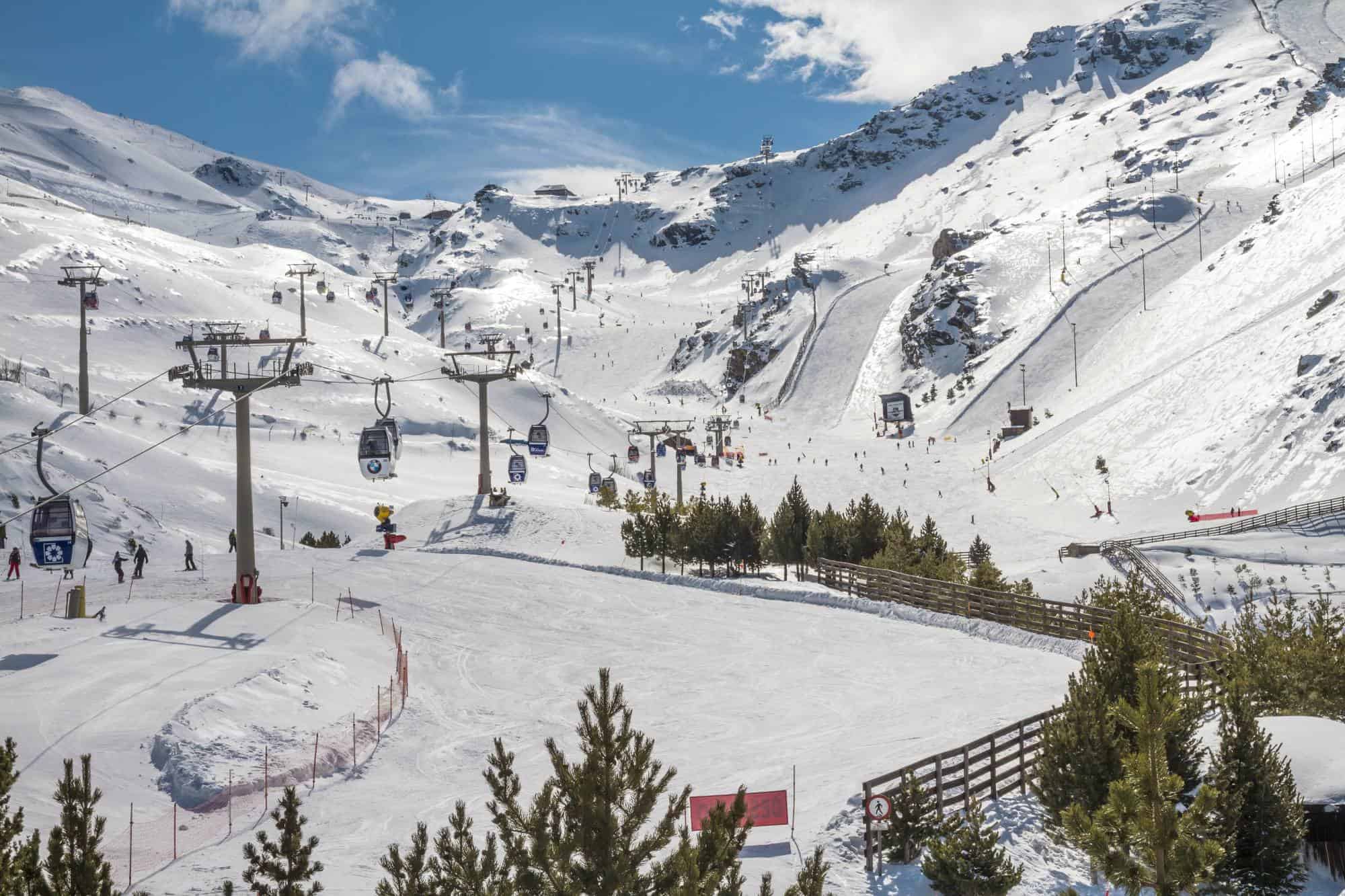
The weather in Granada is interesting due to its location in southern Spain and its elevation. While the city is close to the Mediterranean, and so enjoys a hot climate, it’s located 700m above sea level. This keeps the temperatures quite moderate.
Both the city and the wider province have excellent gastronomy. It has strong Arabic influences, found in its spices, and most of the regional dishes center on the area’s main products: pork and beans.
Tapas comes free in most bars and has created a culture of bar hopping (Ir de tapas). In fact, you’ll find various tapas routes around the city.
Overall, living in Granada promises the highlights of Spanish culture combined with the best of its Moorish heritage. It’s in a great location for both the mountains and the sea and will never be a boring place to live.
Is Granada dangerous?
No. Granada isn’t a dangerous city, mainly because it has a range of police powers. Along with state authority, the city of Granada is managed by the Citizen Security Board. This is a department that combines social security with crime management and is quite effective in this regard.
The crime rate in Granada ranges from very low to moderate. The only two factors rated as moderate are corruption and increasing crime, although these statistics often rate higher than others.
Important factors, such as theft, violent crime, drug-related crime, and race- and gender-related crime, are all rated as low. Similarly, walking alone either during the day or at night is rated as safe.
The crime rate in Granada is much lower than in most British towns and cities and is below the Spanish average. In short, crime shouldn’t be a major concern if you’re thinking of living in Granada.
How much does it cost to live in Granada, Spain?
The cost of living in Granada, Spain, is fairly low. Living there will cost you in general 10% cheaper than living in Madrid, thanks mainly to things like the lack of major tourism and the high student population.
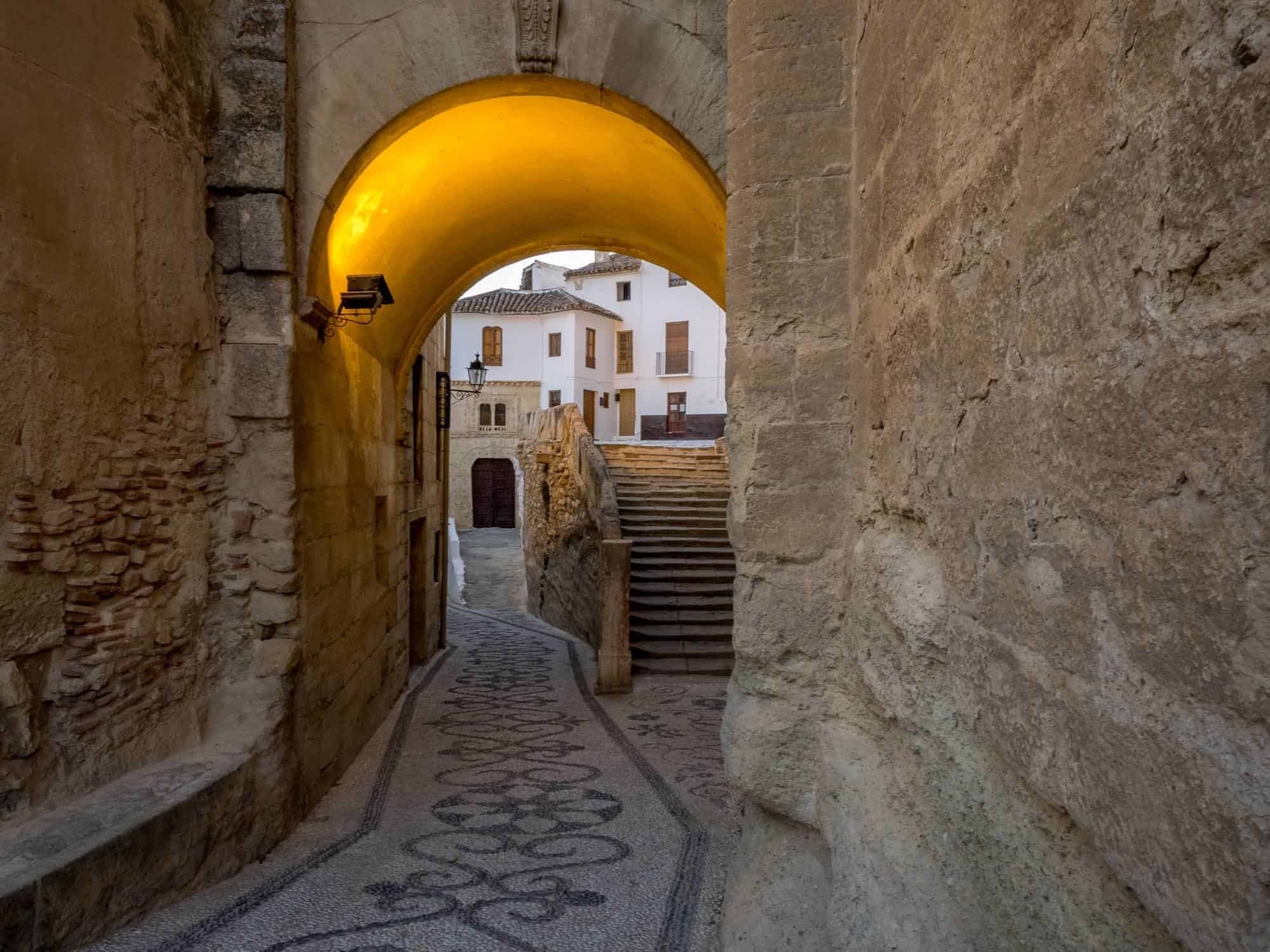
You could live quite comfortably in Granada on the minimum amount needed for a Spanish visa (€2,259).
The cost of living in Granada is lower than in the UK, USA, or Northern Europe. And your money will go further here.
Groceries are cheaper, and much of your food can come from local farmer’s markets. Supermarket prices are competitive too, and there are several well-established chains (such as Carrefour) in the city.
Utilities aren’t too expensive either. In a two-bedroom apartment, for example, you could expect to pay around €118 a month for all utilities. This includes heating, electricity, water, and council tax.
The cost of internet isn’t included in that price, but this will only set you back around €35 a month.
Of course, rent and property prices are important factors if you’re thinking of living in Granada. Luckily, neither is particularly high. Rent for an inner-city apartment can be around €520 a month.
If you are planning to rent, make sure you know the process and how to protect yourself as a tenant - read our Renting A Property In Spain guide.
There is a greater variation in price when buying a property. Even so, a central apartment will cost around €2,400 per square meter, with apartments outside the city center setting you back around €1,800 per square meter.
You’ll find even greater bargains in surrounding towns and villages, all of which would still give you good access to the city and its amenities.
Our guide on Buying A Property In Spain will help you avoid possible pitfalls and explain the process in detail.
One final consideration, especially while you’re waiting for Spanish residency, is health insurance in Spain. The cost will depend upon your age, health, and chosen plan, but just remember to factor it into your monthly expenses.
Some expats opt for international health insurance. To make sure you get the best value for money, compare international health insurance options from various providers to find the best deal.
In short, you can live a very comfortable life in Granada with the minimum amount needed for a visa. The food is inexpensive and of good quality, which will give you more disposable income to enjoy the city’s great restaurants and cultural attractions.
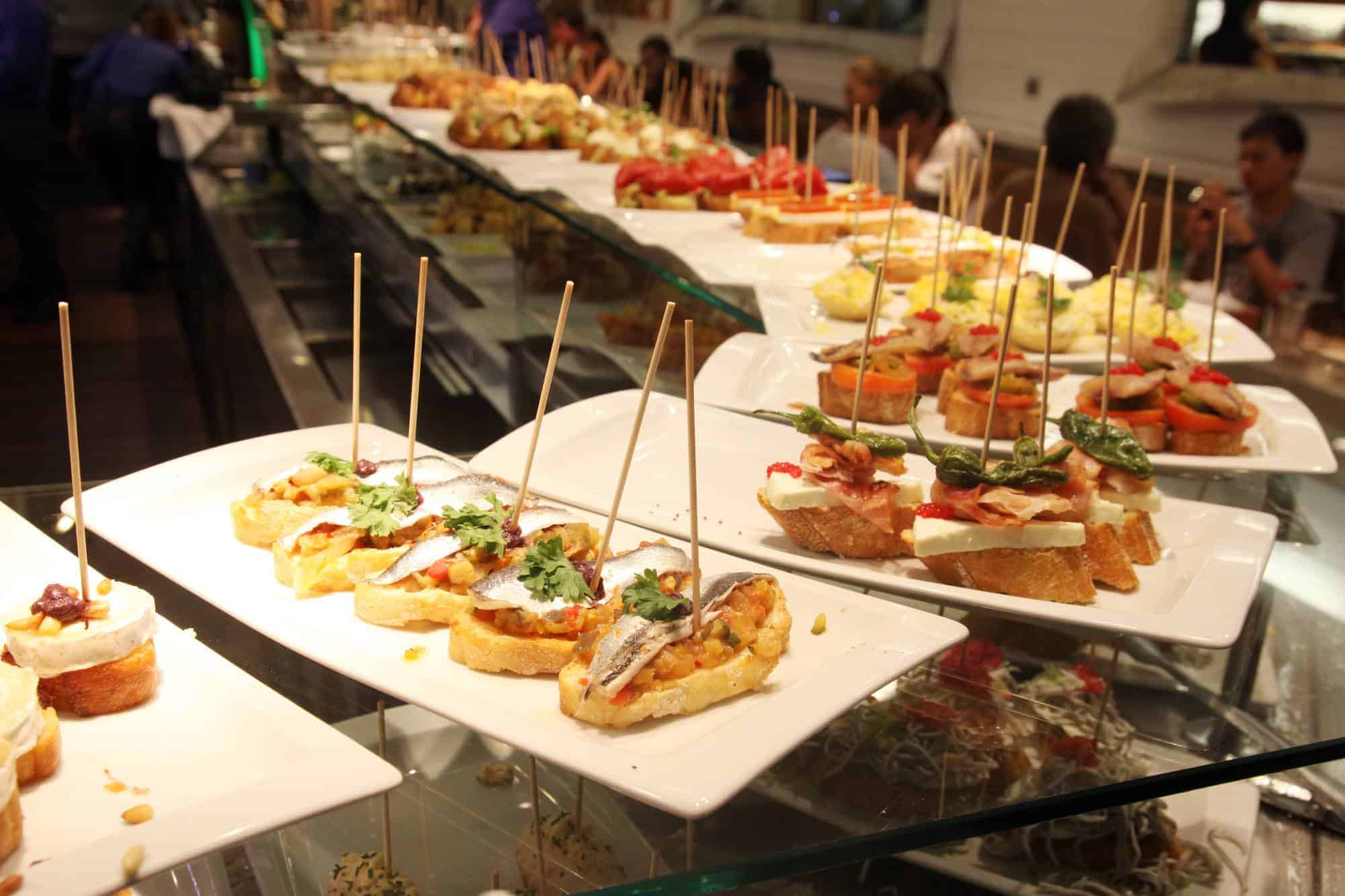
The pros and cons of living in Granada
As with any other big life decision, it’s worth weighing up the pros and cons of living in Granada before making the jump. None of the downsides is major, but it can be best to plan for them in advance.
Here’s a list of the pros and cons of living in Granada.
The pros of living in Granada
1. The food is amazing
Food is a big part of Spanish culture, so it’s no surprise that this holds true in Granada. There are various sausages and cured meats to choose from, many of which will end up on your tapas plate. Or, if you fancy going out for a full meal, there are plenty of great restaurants too.
2. Its weather is ideal
If you like hot weather but don’t want it scorching, Granada might be for you. It enjoys a primarily warm continental Mediterranean climate but is kept cool by its elevation. In essence, this gives you the best of both worlds.
3. It’s very well located
The Mediterranean is only an hour away, and the city is at the foot of the Sierra Nevada Mountains, which means you have access to both watersports and winter sports.
The closest airport is about 15km away, and while it doesn’t have loads of destinations, you can get connected flights at the ones it does serve.
4. Plenty of culture
Granada is home to historic buildings and great architecture, along with museums and galleries. There are also parks and outdoor spaces, so it’s unlikely you’ll ever run out of things to do and see.
5. Low cost of living
As mentioned, the cost of living in Granada is fairly low. Importantly, your money will go further, meaning you’ll have plenty left over for things like eating out and traveling.
6. Getting around is easy
The city center is pedestrian-friendly, and most of the road traffic consists of small public buses. There are also connections to surrounding towns and rail links across Spain. If you live centrally, you probably won't drive a lot or even won’t need a car.
In case you will read our guide on Sorting Out A Car And Driving In Spain.
The cons of living in Granada
1. Bureaucracy
For many, the bureaucracy found in mainland European countries can be a shock to the system, and Granada is no different. Getting anything from a permit to household repairs can take a long time. If you are stuck, you can always hire a gestor to help with paperwork.
Once you settle into the more relaxed way of life, you’ll gradually accept this.
2. Lots of students
This isn’t a massive downside, but it is worth mentioning. The city is home to the University of Granada, which has around 82,000 students. This equals roughly a quarter of the city’s permanent residents, making students a noticeable demographic. However, student services and residencies are centered on the university’s campuses so that it won’t be too much of an issue elsewhere.
The best areas to live in Granada
When deciding where to live in Granada, you can effectively choose either the city or the surrounding province. Of course, city life (even in a small city) will be busier. So if you want a quieter life and more land, look at the surrounding towns and villages.
Here is a selection of some of the best places to live in Granada – both the city and the province.
Where to live in Granada City
The Albaicin
The Albaicin is located near the Alhambra and is one of the city’s most vibrant neighborhoods. It boasts some of the most obvious Arabic design elements in the city and so is one of the areas most frequently visited by tourists.
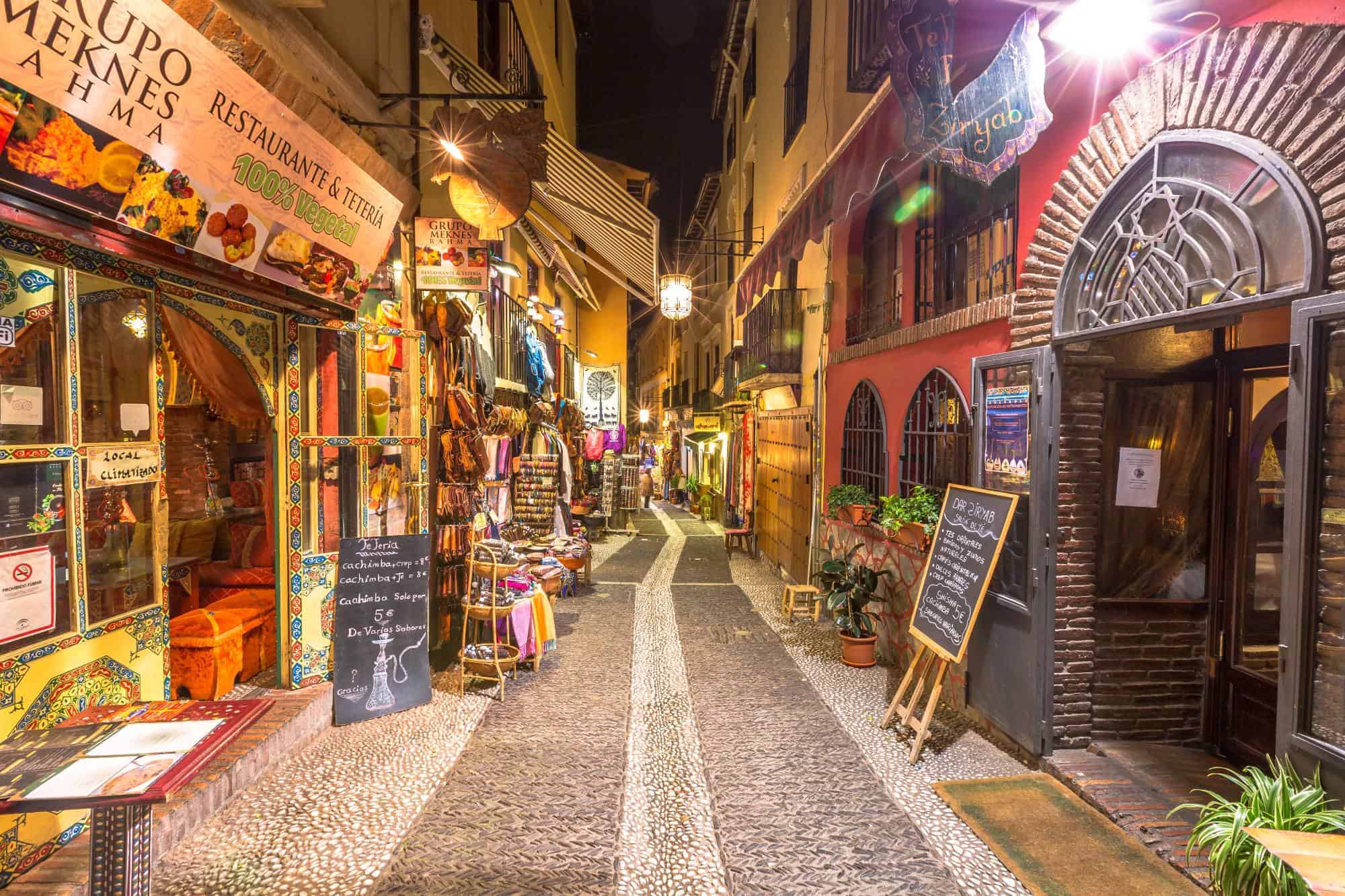
Realejo
Realejo is close to the Albaicin but is less dominated by tourism. Prices are higher than in other neighborhoods in the city, but this is due to its great location and amenities. It also has a vibrant nightlife, making it a favorite among young professionals.
Zaidin
If you want a more authentic Granadan neighborhood relatively untouched by gentrification, Zaidin is for you. It’s popular with the city's middle-class residents, thanks to its reasonable property prices and abundant facilities.
The Norte
The Norte is a collection of newly developed neighborhoods in the north of the city. Due to their age, they don’t have the same typical feel as other, older areas in the city. So, if you want to immerse yourself in Granadan culture, they might not be for you. However, if you want a straightforward property with no stress, the Norte is ideal.
Towns around Granada
Pampaneira
Pampaneira is about an hour’s drive south of the city of Granada but is a great choice if you want a truly authentic Spanish home. It’s famous for its whitewashed, flat-roof houses and tradition of ceramics and textiles.
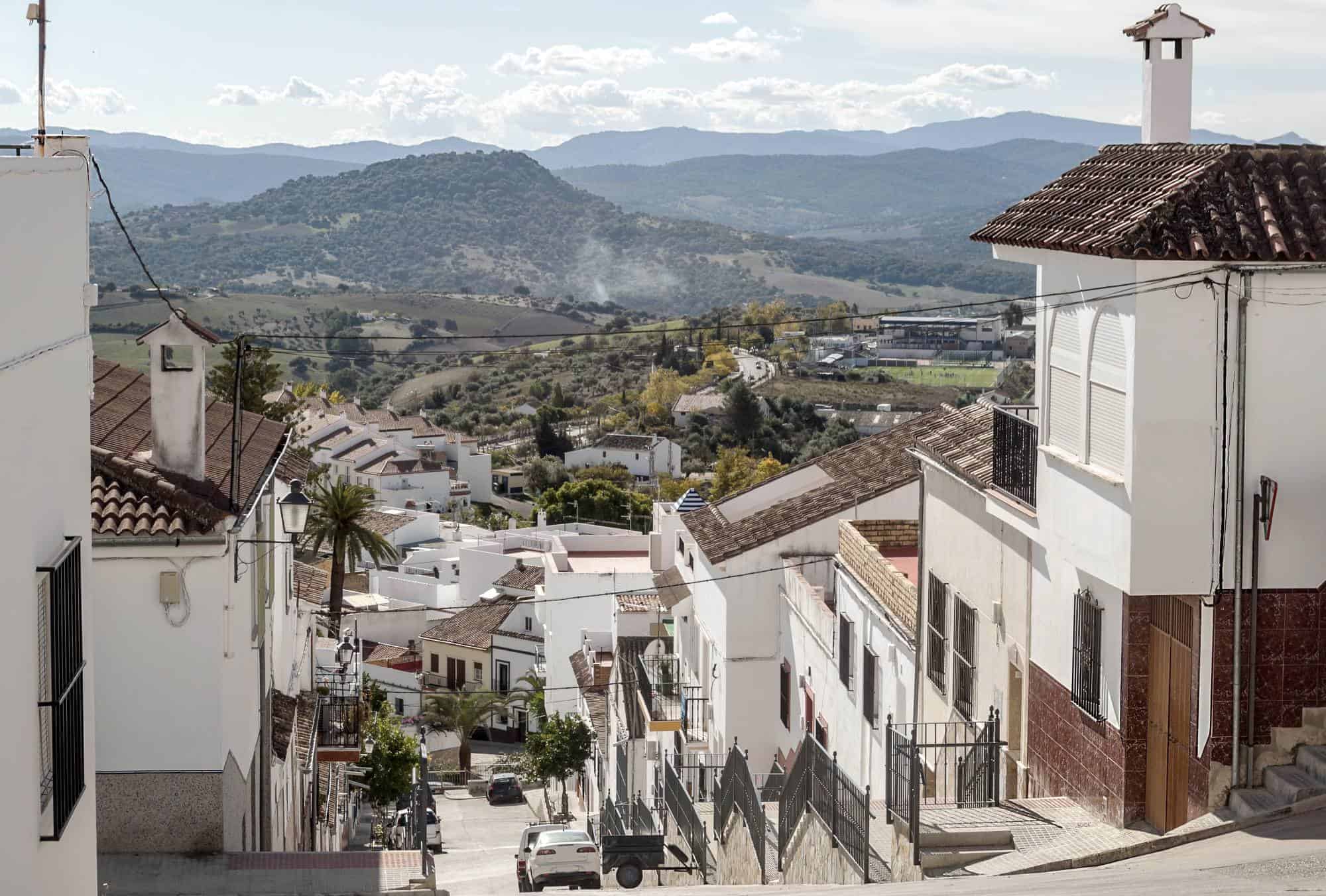
Nivar
Nivar is a 20-minute drive from Granada up in the Sierra Nevada Mountains. The town is known for its paragliding facilities and hiking routes, so it is a good choice for those who want an outdoor lifestyle. It’s relatively small and self-contained and is surrounded by rolling hills.
Alhama de Granada
Alhama is famous for its thermal springs, which have been in use since the Roman occupation. The town is based in the Alhama Natural Park and is home to various archaeological sites. Therefore, it would be ideal for anyone with an interest in history and heritage.
Guadix
Guadix is roughly a 45-minute drive from the city of Granada and is one of the oldest settlements in Spain. Like Granada, it boasts an obvious Arabic heritage but also has plenty of Renaissance and Baroque buildings too. Along with its great buildings, the town has plenty of outdoor activities, including canoeing and hiking.
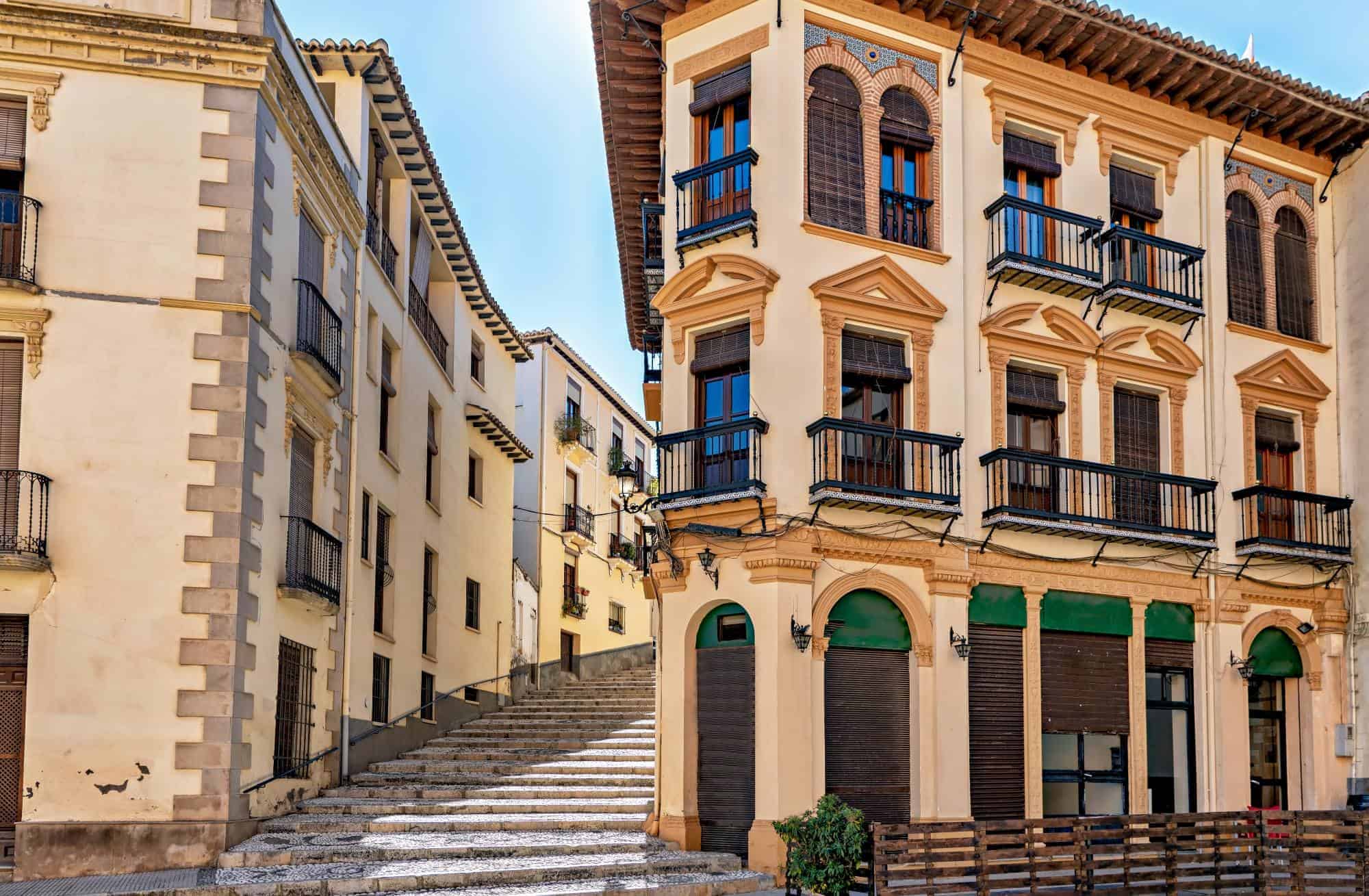
Should you rent or buy in Granada?
If you’re thinking of living in Granada, it’ll likely be worth buying property. However, locals would argue that rent is the best way to live in the city. You’ll probably find a greater selection of rental properties, but this is thanks in part to the student market.
When looking for a rental property in Granada, the best place to be is actually in the city. The rental market moves quickly, and you could miss out on an ideal property by only looking online. Browsing local estate agents in person is the best way to stay up to date.
Buying property anywhere in Spain should be approached with a degree of caution. Estate agents work on behalf of the seller, meaning they are often subjective when showing a property. As a result, there might be some hidden issues that they “forget” to show you.
Also, speaking Spanish is a must when buying property in Granada.
English isn’t widely spoken in the city and even less so in nearby towns. People in the city speak standard (Castilian) Spanish, while nearby towns can speak anything from Catalan and Basque to Galician Spanish. As a result, it’ll be in your best interests to hire a translator when trying to buy property.
Final thoughts on living in Granada
Granada has plenty to offer those after a Spanish lifestyle. It’s well located for both the sea and the mountains and isn’t as tourist-heavy as some other areas in Spain. The only potential downside is the high student population, and that’s not even a big issue.
Of course, if inner-city living doesn’t do it for you, there are plenty of attractive towns and villages within easy reach of the city. Living in one of these will effectively give you the best of both worlds.
Wherever you choose to settle down in the province of Granada, you’ll be in for an enjoyable and relaxed lifestyle.
Other cities in Spain to consider:
- The Insider Guide To Living In Malaga As An Expat
- The Essential Guide To Living In Valencia As An Expat
- Living In Barcelona – The Expats’ Guide
- Living In Marbella – The Pros & Cons For Expats
- The Advantages And Disadvantages Of Living In Madrid
You might find useful:
- Living In Spain As An Expat – the ultimate relocation guide full of practical information and tips on moving to Spain, from the pros and cons of visas and residency to the cost of living, healthcare, banking, and more.
- Best Places To Live In Spain – the best and most popular expat locations in Spain.
- Didn’t find what you were looking for or need further advice? Comment with your question below, and we will do our best to help.
Helpful external links:
- The cost of living in Granada - Numbeo.
- Private and public schools in Granada - micole.net.
- Online public services for residents of Andalusia - juntadeandalucia.es
Secure Peace of Mind with Best-Value International Health Coverage
International Citizens Insurance provide free, no-obligation quotes from the leading international health insurance providers with plans tailored to meet your needs. Trusted by thousands of expats worldwide.




